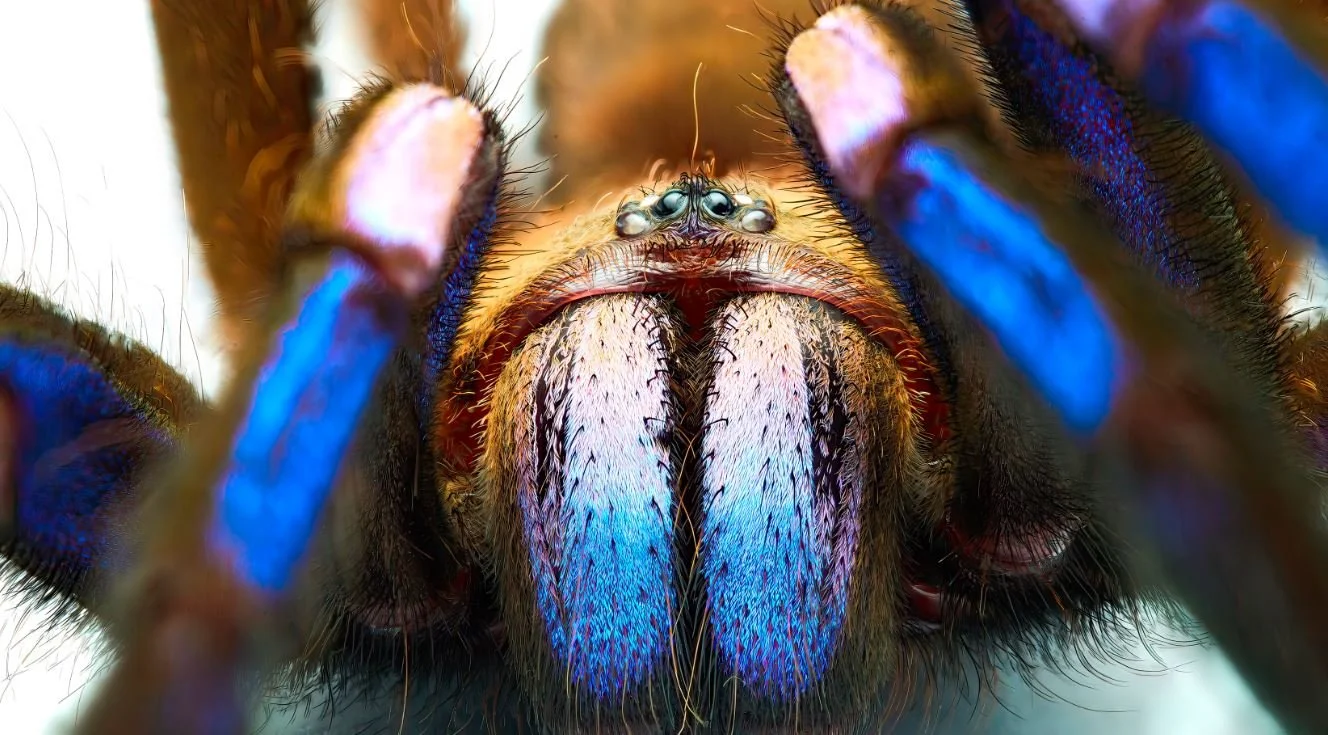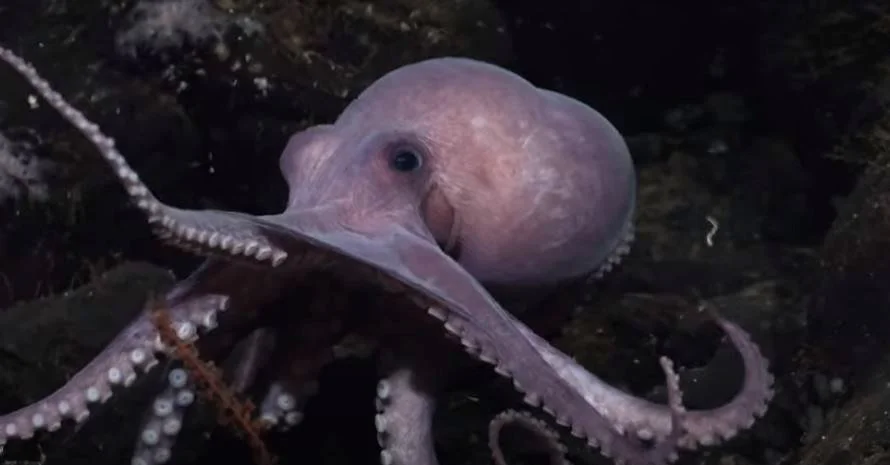Five Seductive Snake Species Discovered in South America
Last week scientists and researchers from the Khamai Foundation announced their discovery of five new species of eyelash vipers in the jungles and cloud forests of Colombia and Ecuador.
Prior to the research, the dazzling reptiles – “among the most alluring ever found,” according to a Khamai press release – were mistakenly classified as part of a single, highly variable species spanning from Mexico to northwestern Peru.
Alejandro Arteaga
The defining characteristic of the eyelash viper is a spiny ridge of scales positioned just above the eyeballs, whose function is unknown. Variations in these “eyelashes” led researchers to believe, correctly, that there were undiscovered species to be found.
Another quirk of the vipers is that their coloring can be so varied – turquoise, moss-colored, gold – all belonging to the same species despite having an entirely different appearance. “No two individuals have the same coloration, even those belonging to the same litter (yes, they give birth to live young),” says Alejandro Arteaga, who led the study.
Elson Meneses
Like the eyelashes, the reason behind these color variations is unknown, but it is surmised they enable the vipers to hide among a wide range of perches, from mossy branches to bright yellow heliconias.
It’s not easy chasing snakes in the cloud forests. One of the researchers, Lucas Bustamante, was bitten on the finger by one of the discoveries – the Rahim’s Eyelash-Pitviper – while photographing it. “I experienced intermittent local pain, dizziness and swelling, but recovered shortly after receiving three doses of antivenom,” he said. That viper also happens to be found in part of the rainforests controlled by drug cartels, at the border between Ecuador and Colombia.
Jose Vieira
Khamai Foundation is now setting up a reserve to protect a sixth new species not described in the new study. “The need to protect eyelash vipers is critical, since unlike other snakes, they cannot survive without adequate canopy cover,” warns Arteaga. “Their beauty, though worthy of celebration, should also be protected and monitored carefully, as poachers are notorious for targeting charismatic arboreal vipers for the illegal pet trade of exotic wildlife.”
Arteaga has posted a short video on the team’s discovery, including some dazzling closeups of the colorful vipers, here. The new species are described in the journal Evolutionary Systematics.
Alejandro Arteaga











